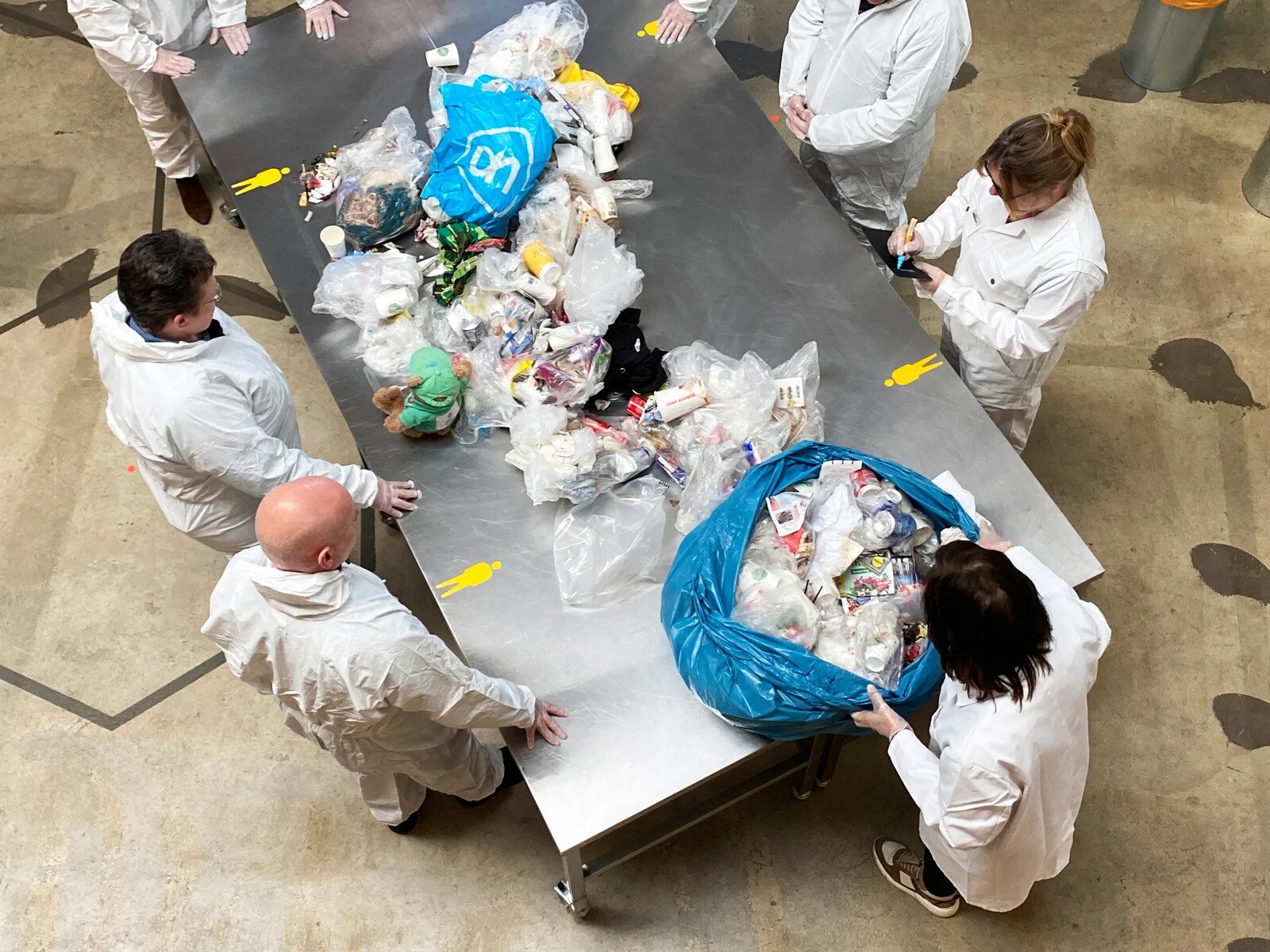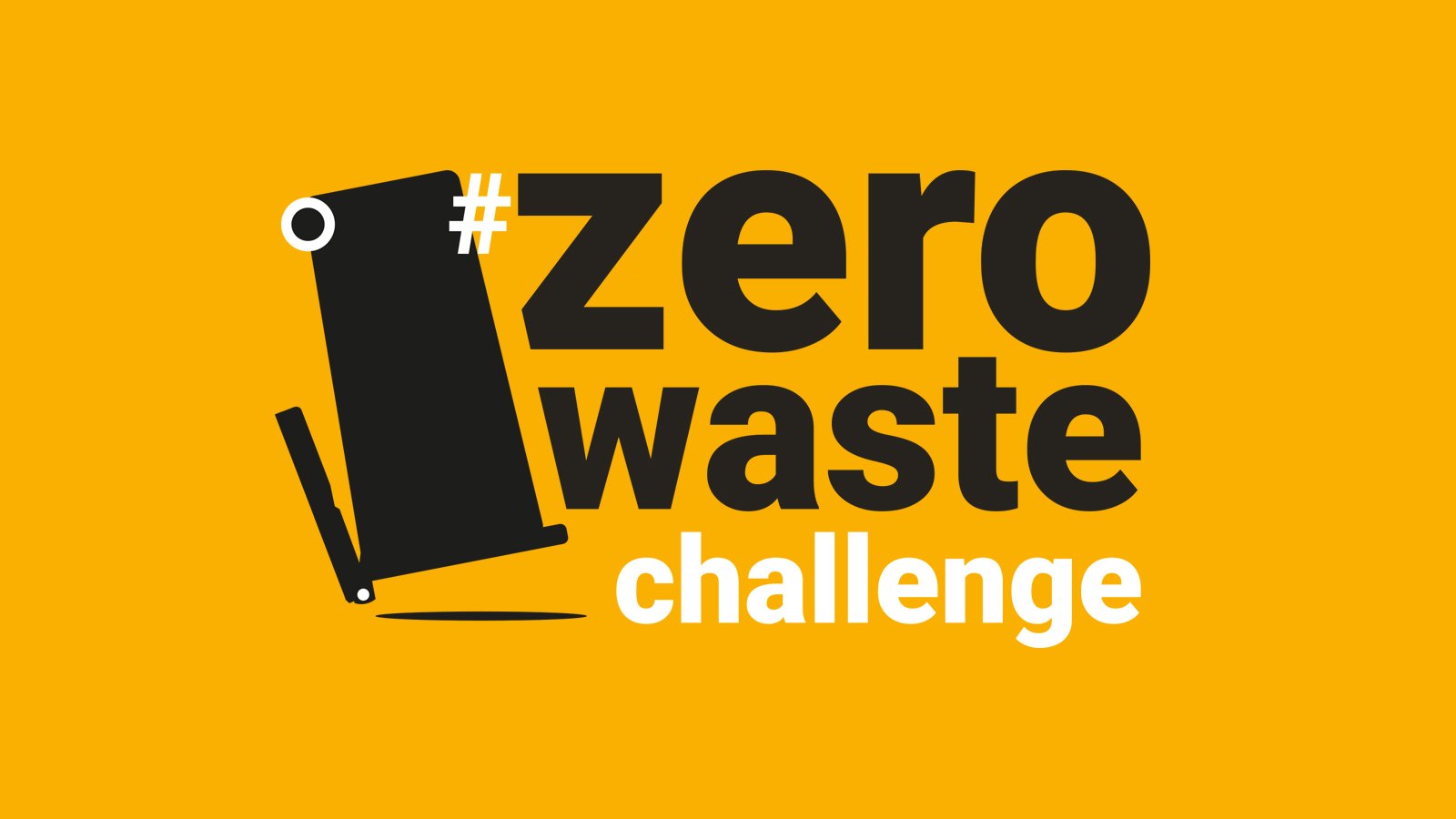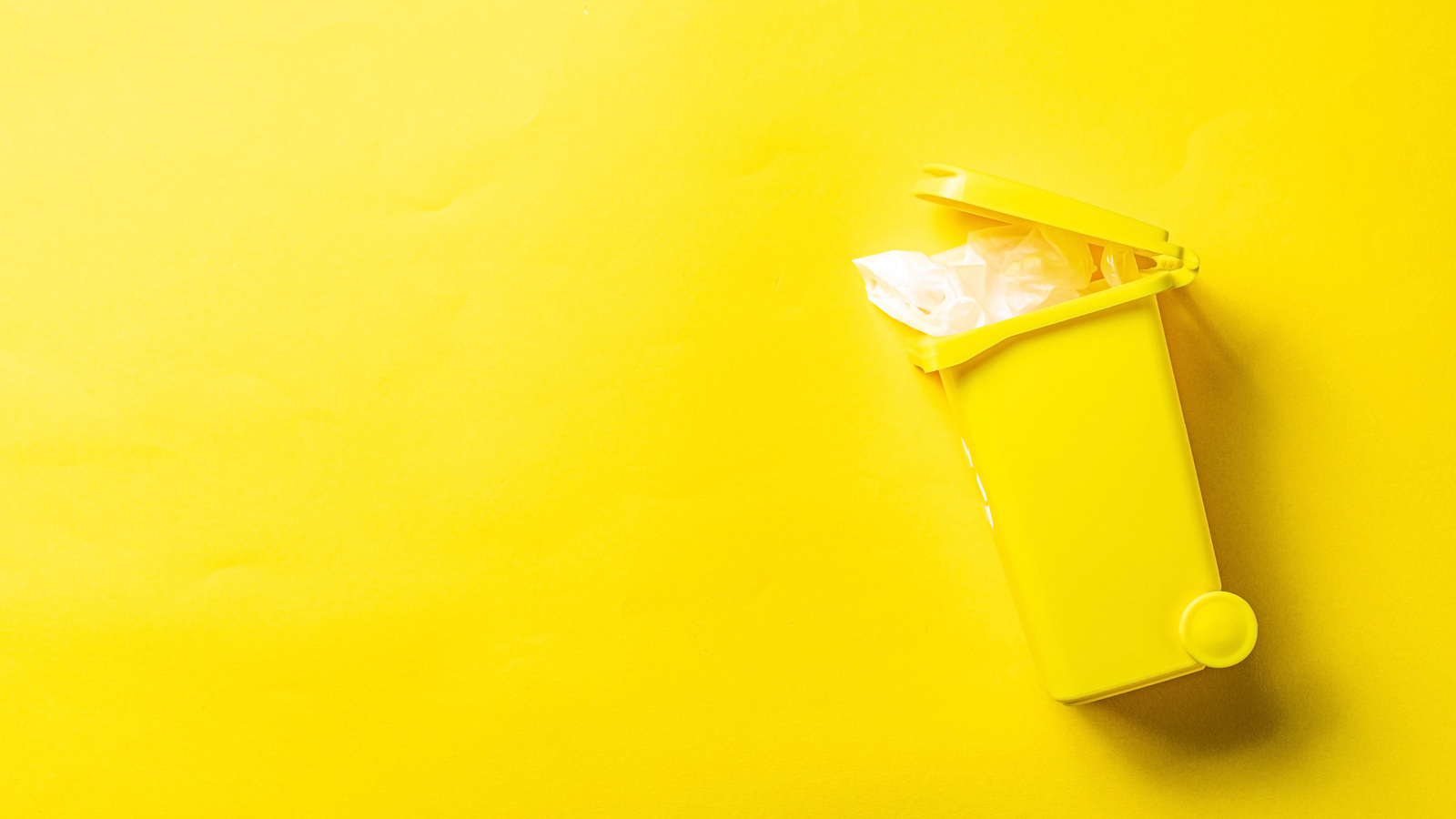Recycling: reusing waste materials after production. A good step towards a circular economy. But at Milgro we say: recycling is a means, not an end. No matter how noble, recycling always costs energy, time and money! That's why we recommend avoiding recycling as much as possible as a strategic choice. Instead, choose precycling instead.
What is precycling?
The term precycling refers to the process of trying to prevent waste even before it is created. Precycling focuses on minimizing waste at the source.
Why choose precycling?
Precycling is a responsible business choice that allows you to reduce your company's carbon footprint. But there are more reasons to include precycling as a strategic starting point in your production process.
Reduce waste
OK, it may be an open door, but precycling obviously helps reduce waste. Less creation of waste means less waste to landfills. But also less energy required for recycling processes. This significantly reduces greenhouse gas emissions and environmental pressures.
Fewer resources needed
By designing products with longer lifespans or using packaging smarter, fewer raw materials are needed. Thus, natural resources are preserved longer. This reduces the need for mining and quarrying.
More favorable corporate result
Less waste also means less time and money spent on waste disposal. At the same time, durable products with a long lifespan can have a higher value. Thus, precycling offers two factors that can be beneficial to your bottom line.
Prepared for legislation
Globally, governments are setting increasingly stringent requirements for waste management and environmental protection. European CSRD legislation requires reporting on the social, economic and environmental impact of business activities starting in 2024. Companies at the forefront of precycling are already well prepared for this and future legislation.
Innovative and distinctive
Precycling forces innovative product designs and business processes. By responding to this, you can differentiate yourself from your competitors in an ever and rapidly changing market. Consumers and business customers also increasingly value companies that are conscious of sustainability and environmental awareness.
Precycling in the Ladder van Lansink
Lansink's Ladder has been the standard for waste hierarchy since 1979. The model indicates preferences for waste treatment. Read here how Milgro uses Lansink's Ladder in a modified form for a circular economy. Here we are not looking at extending the life of waste, but at extending the life of raw materials.
Precycling lands on the top rung of the Ladder of Lansink, in the place of prevention. The goal is to prevent waste completely. Thus, precycling is an explicit method of waste prevention. For example, by:
- Avoiding unnecessary packaging.
- Choosing sustainable product designs that last longer.
- Making conscious consumer choices for products with less waste or lower environmental impact.
How does precycling fit into the R ladder?
In the circular model, precycling aligns closely with the top two steps of the R ladder: refuse and reduce.
Refuse: as a consumer, you can practice precycling. Consciously choose products designed with sustainability in mind. Refuse unnecessary, overly packaged products. It is up to companies to produce these products and offer them appropriately.
Reduce: minimizing waste can also be done by reducing the consumption of unnecessary products. Here is a role for both consumers and companies.
Milgro and precycling
Milgro fully embraces the concept of precycling. Our ambition is clear: by 2040, we want to see the world free of waste. Therefore, we want to save valuable raw materials from going to landfills. We do this with and for the companies we work with. We aim to recycle less and precycle more. Because precycling is the strategic choice for a sustainable future.

Start with a workshop
Do you want your company to contribute to this worthwhile mission? Milgro offers a customized workshop to update you and your employees on the importance of circular, the value of raw materials and the challenges of waste management. This is how you start your zero waste ambitions and take the first step towards a world without waste. By preventing waste at the source, we are shaping our future.
Stay informed
Stay up to date on all new developments? Follow us on LinkedIn or Instagram. Or subscribe to the newsletter. Are you curious about what Milgro can do for your operations and waste process? Contact us.












